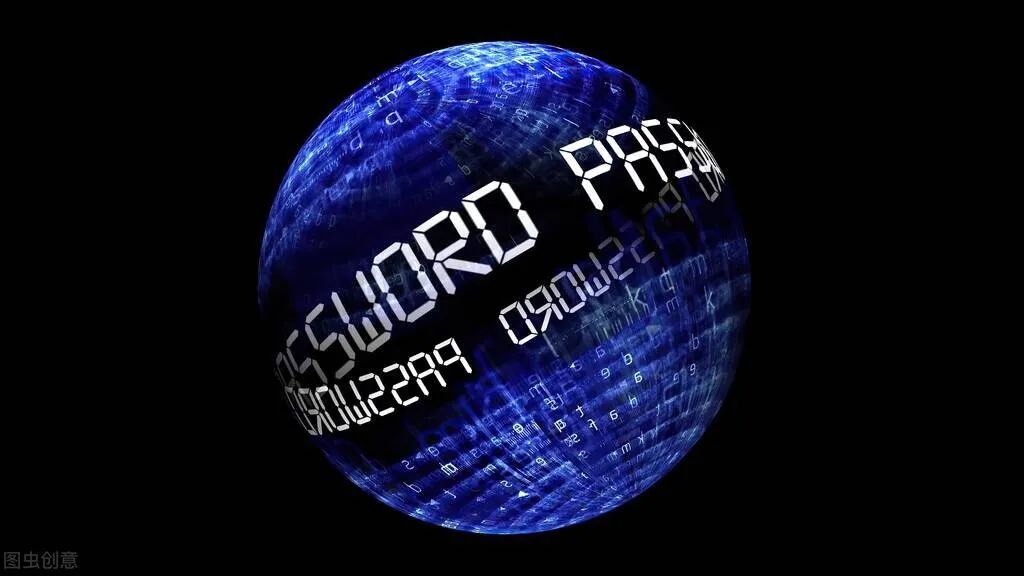
With cybercrime being so rampant, what should you do if your data is seen or even stolen by others? Data encryption is a common and effective security method and is the first choice for protecting enterprise data. But how do you encrypt data? Do you know what technologies are involved?
Today, we will learn about several commonly used data encryption technologies, but first, let’s understand what data encryption is.
What is Data Encryption?
Data encryption is the process of converting data from a readable format into scrambled information. This is done to prevent eavesdroppers from reading confidential data in transit. Encryption can be applied to documents, files, messages, or any other form of network communication.
To maintain data integrity, the value of encryption as an important tool cannot be underestimated. Almost everything we see on the internet has undergone some form of encryption, whether it’s a website or an application. Kaspersky, a well-known antivirus and endpoint security expert, defines encryption as “…the process of converting data from a readable format into a coded format that can only be read or processed after decryption.”
As a fundamental component of data security, encryption is widely used by large organizations, small businesses, and individual consumers.

How Does Data Encryption Work?
The data that needs to be encrypted is called plaintext. Plaintext needs to be passed through some encryption algorithms, which are essentially mathematical calculations performed on the original information. There are various encryption algorithms, each differing based on application and security criteria.
In addition to the algorithm, an encryption key is also required. Using the key and the encryption algorithm, the plaintext is converted into encrypted data, also known as ciphertext. Once the ciphertext reaches the intended recipient, he/she can use the decryption key to convert the ciphertext back into its original readable format, i.e., plaintext.
Let’s understand the workflow with an example.
A girl wants to send a private message to her boyfriend asking, “What should we eat for lunch?” She uses specialized software to encrypt this message, which scrambles the data into incomprehensible gibberish, and then she sends the message. When her boyfriend receives the text, he uses the key to decrypt it and finds out what his girlfriend is saying.

What Are the Common Types of Encryption Technologies?
Internet security (IS) professionals classify encryption into three different types: symmetric, asymmetric, and hashing.
Symmetric Encryption Method
This method, also known as private-key cryptography or key algorithm, requires both the sender and receiver to have access to the same key. Therefore, the receiver must have the key before the message can be decrypted. This method is best suited for closed systems with minimal risk of third-party intrusion.
Advantages: Symmetric encryption is faster than asymmetric encryption.
Disadvantages: Both parties need to ensure the secure storage of the key, and it is only suitable for software that requires the use of a key.
Asymmetric Encryption Method
This method, also known as public-key cryptography, uses two keys in the encryption process, one public key and one private key, which are mathematically related. The user uses one key for encryption and the other for decryption, and it doesn’t matter which one is chosen first.
As the name suggests, anyone can use the public key for free, while the private key is reserved for the intended recipient who needs it to decrypt the message. Both keys are simple large numbers, and although they are not the same, they are paired, which is where the “asymmetric” part comes into play.
Hashing
Hashing generates a unique signature of fixed length for a data set or message. Each specific message has its unique hash value, making it easy to track minor changes in the information. Data encrypted with hashing cannot be decrypted or restored to its original form. This is why hashing is only used as a method to verify data.
Many internet security experts do not even consider hashing a true encryption method, but the concept is somewhat ambiguous. The important point is that hashing is an effective way to prove that information has not been tampered with.
After understanding the types of data encryption technologies, next we will learn about specific encryption algorithms.

5 Common Encryption Algorithms
Here are five commonly used algorithms.
1. AES. The Advanced Encryption Standard (AES) is a trusted standard algorithm used by the U.S. government and other organizations. Although the 128-bit version is already very secure, AES also uses 192-bit and 256-bit keys for very stringent encryption purposes. AES is recognized as sufficient to withstand all attacks except brute-force attacks. Many internet security experts believe that AES will eventually be the preferred standard for encrypting data in the private sector.
2. Triple DES. Triple DES is the successor to the original Data Encryption Standard (DES) algorithm, which was created to counter hackers attempting to compromise DES. Symmetric encryption was once the most widely used symmetric algorithm in the industry, but it is gradually being phased out. Triple DES applies the DES algorithm three times to each data block and is commonly used to encrypt UNIX passwords and ATM PINs.
3. RSA. RSA is a public-key asymmetric encryption algorithm that serves as the standard for encrypting information transmitted over the network. RSA encryption is powerful and reliable, generating a lot of gibberish that frustrates potential hackers, as cracking the system would require them to invest a significant amount of time and effort, often leading them to give up.
RSA is the most researched public-key algorithm, having undergone nearly thirty years of scrutiny from various attacks and is gradually accepted as one of the best public-key schemes available.
RSA allows you to choose the size of the public key. A 512-bit key is considered insecure; a 768-bit key is safe from threats other than those posed by the National Security Agency (NSA); a 1024-bit key is nearly secure. RSA is embedded in several major products, such as Windows, Netscape Navigator, Quicken, and Lotus Notes.
4. Blowfish. Blowfish is another algorithm designed to replace DES. This symmetric tool divides messages into 64-bit blocks and encrypts them individually. Blowfish is renowned for its speed, flexibility, and impenetrability. It is available for free, making it popular among users. Blowfish is commonly found in e-commerce platforms, secure payment systems, and password management tools.
5. Twofish. The Twofish algorithm is a typical block encryption algorithm that encrypts a fixed-length set of plaintext. It groups plaintext into a certain bit length, and the plaintext and key groups undergo encryption operations to obtain ciphertext groups. During decryption, the ciphertext groups and key groups undergo decryption operations (the reverse of encryption operations) to restore them to plaintext groups. The Twofish algorithm uses a plaintext-ciphertext grouping length of 128 bits and supports key lengths of 128, 192, and 256 bits.
Twofish has been widely used in data encryption and secure network communication due to its excellent speed in encryption and decryption, as well as its outstanding confidentiality and resistance to attacks. In practical application systems, it is often combined with other encryption technologies to form a complete encryption system.

Want to Become a Cybersecurity Expert?
If you aspire to become an excellent cybersecurity expert, then welcome to start with the CISSP certification training course from Shengpulun. The CISSP certification training course is based on globally recognized information security standards to help you enhance your expertise in defining IT architecture and designing, building, and maintaining secure business environments. It also covers best industry practices, 60 hours of in-depth learning, 330 CPE certificates, and 5 simulated tests to help you prepare for the CISSP certification.
Click on the blue text
Follow us
If you have any other questions
You can contact us through the service account at the bottom

【Shengpulun Digital Technology】
Contact Us
Or call the contact number
4008061196
We will be dedicated to serving you
Email: [email protected] Website: www.shengpulun.com